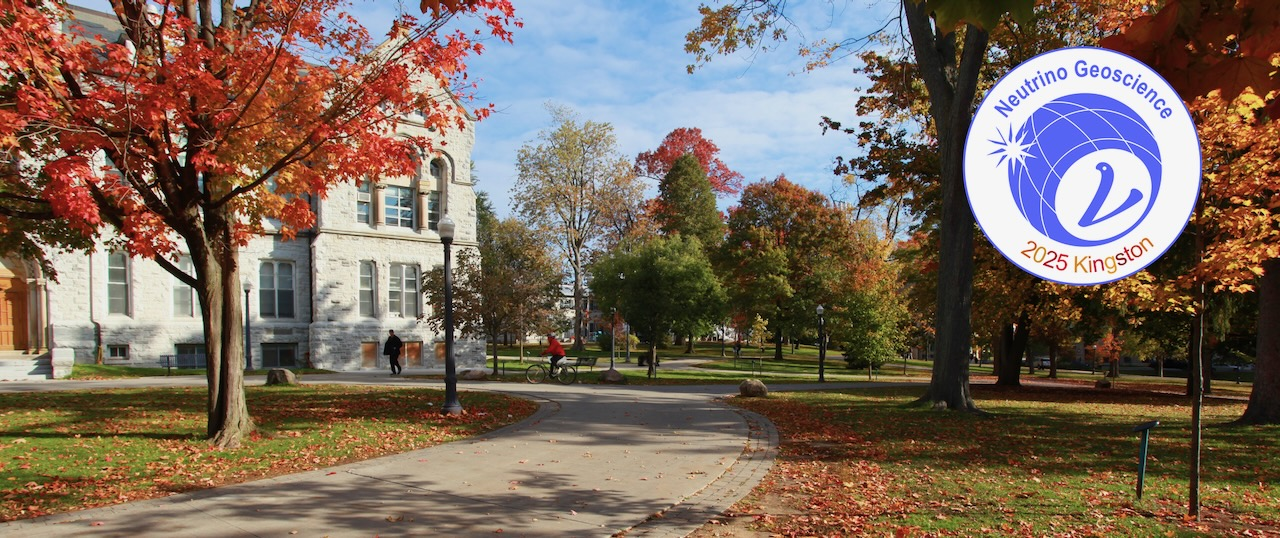Speaker
Description
The Earth’s mantle is bracketed by continental lithosphere above and Large Low Velocity Provinces (LLVPs) below, both of which can affect the efficiency of convective heat transfer within the mantle. Previous studies argue that continents act like insulators for the mantle, reducing surface heat flow and causing mantle temperatures to rise over time. In contrast, other studies show that LLVPs insulate the mantle from the core, reducing basal heat flow and lowering mantle temperatures over time. However, these studies have not considered the simultaneous effect of both insulators. Thus, the combined impact of competing basal and surface insulators on the global thermal state and mantle dynamics remains unclear. We aim to answer these questions and explore the effects of a dual-insulated system on mantle convection and Earth’s thermal evolution.
We present results from a suite of convection simulations within a dual-insulated mantle system. Simulations are run in the finite-element code ASPECT, using a two-dimensional, spherical shell geometry and incorporating both the lithosphere and LLVPs. We examine models of increasing rheological and thermal complexity from isoviscous, bottom heated only simulations to models that include radiogenic heating with different concentrations of HPEs in the mantle, continent, and LLVP layers. In addition, we vary the surface coverages of the two insulators, from complete coverage to models without one or both insulators. The resulting effects on mantle temperature and dynamics will be compared between model conditions and to prior research on mantle convection with a single top or bottom insulator. We will discuss the implications of our findings on the thermal evolution of the Earth.

